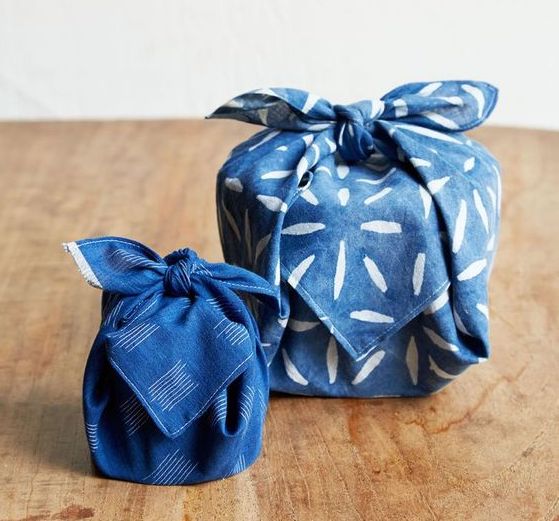Have you given a gift that didn’t get the reaction you were hoping for? Have you been on the receiving end of a present fail? All too often, our well-intentioned seasonal giving misses the mark. Statistics show that in the US, Americans throw away a whopping $16 billion worth of unwanted gifts during Christmas. And in Australia, 53% of adults (the equivalent of 8.5 million people) received at least one unwanted Christmas gift last year, equating to $572 million of ‘unwanted’ Christmas spending.
This is a mind-boggling amount of perfectly good gifts going unused and to landfills each year. But now that you know the facts, we’re encouraging you to take on an Earth-First mindset when you receive these well-intentioned but unwanted gifts this holiday season. Forget the trash and consider a gifting tradition that’s sustainable but has often been given a bad wrap in the past — regifting.
The benefits of regifting
Forget what you’ve heard; we’re here to tell you that regifting’s good for the planet, and there’s no shame in your regifting game. When done right, it’s one of the most mindful ways you can give a great gift. Regifting keeps your unwanted gift in circulation, preventing waste from ending up in landfills and saving the valuable resources it took to make it.
Regifting is often framed as tacky, but it makes a lot of sense from an economic and environmental standpoint. Just because a gift isn’t brand new doesn’t mean its value is diminished. Here are some key things to remember when you’re sustainably passing on a mis-gifted item.
Tips for regifting
- Remember who gave you the present in the first place to avoid an awkward exchange or hurt feelings.
- Only re-gift if you think the recipient will really appreciate the present. The whole goal of re-gifting an item is to find someone who will enjoy, appreciate and use it. If no one on your list would appreciate your regift, donate it to charity.
- Make sure the gift you’re passing on is in excellent condition, in its original packaging, and there’s nothing personalized on it.
- Put extra effort into wrapping the gift sustainably.
- Since you didn’t have to spend time hunting down a gift, take that extra time to wrap your regift in a uniquely sustainable way. Explore using traditional Japanese techniques and fabrics known as “furoshiki.” This technique uses fabric that can be reused as tea towels afterward and skips the tape, ribbons, and gift wrapping that often can’t be recycled.

(Photograph by Kazuhiro Shiraishi)
- If you’re regifting a smaller item and you feel like the present as whole needs a little something extra, consider pairing it with a digital gift card.
- Don’t feel guilty. It’s common for this feeling to creep in as regifting is often viewed as poor etiquette, but this couldn’t be further from the truth. The perfect regift will not only bring joy to the person receiving it, but it will prevent waste from piling up in landfills.
Tips to avoid giving unwanted gifts
While receiving an unwanted gift is often out of your control, you now know how to give it a second lease on life. This holiday season, you can also work to break the cycle of waste by ensuring you’re giving meaningful gifts. Here are a few quick tips to ensure your presents are a hit.
- Ask the recipient what they’d like and buy that.
- Give an experience rather than a thing.
- Set a limit on gifts to avoid buying simply for the sake of it.
- Give your time (e.g. take a friend out to dinner)
- Donate to charity on the recipients’ behalf.
Looking for more tips on how to get sustainable with your gift-giving this year? Check out our blog for tips on approaching your seasonal shopping from a more environmentally friendly angle.

